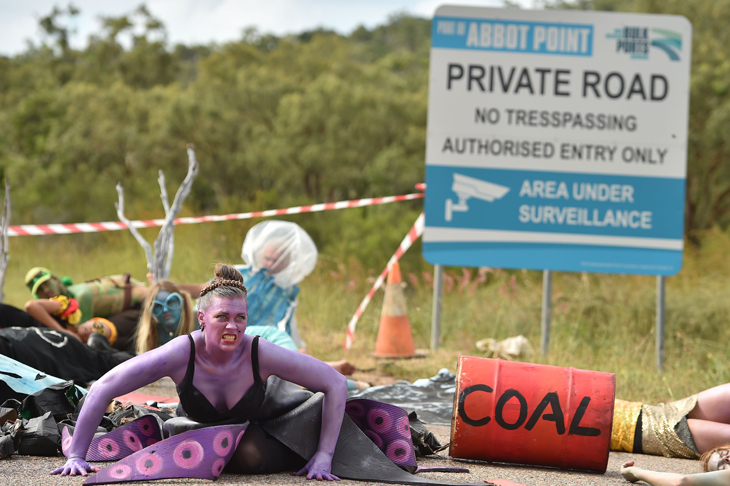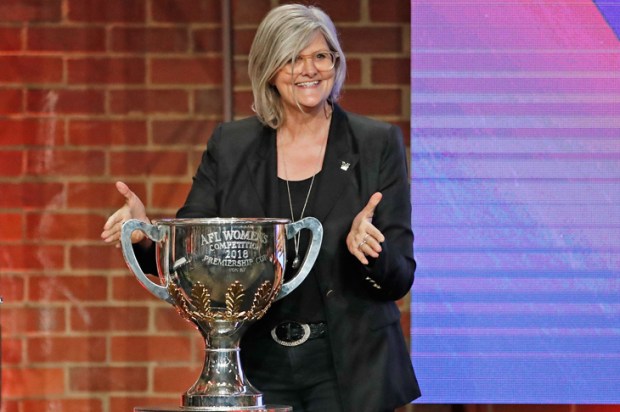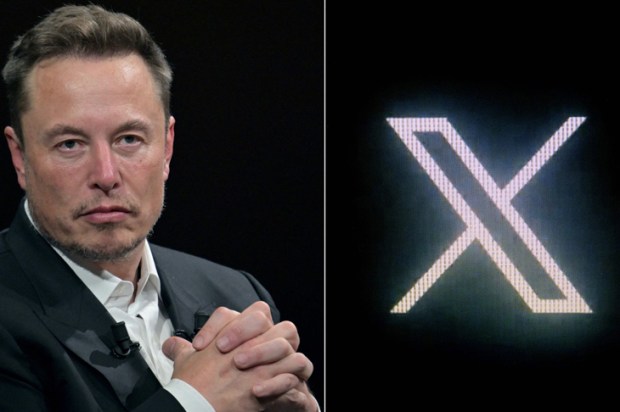There are numerous intelligent ways to respond to the risk of climate change. Setting heroic and enormously costly state-based targets is not one of them.
The Queensland government’s ten-year Queensland Energy and Jobs Plan has essentially set three targets: a 30 per cent reduction in emissions compared to 2005 levels by 2030; 70 per cent renewable electricity generation by 2032; and net-zero emissions by 2050.
Currently, Queensland’s renewables generation share is 21 per cent, with coal providing 60 per cent of Queensland’s electricity generation requirements and gas 10 per cent.
Queensland would need to further reduce its carbon emissions from 160 million tonnes to 138 million tonnes per year in 2030 to meet its emissions target. In a signal that it will fail, the Palaszczuk government has pushed the date out by two years to 2032. It lifted the renewables target to 70 per cent to cover up its irresponsible timeline.
This plan is doomed, and it will be very costly.
For starters, much of the successful reduction in emissions already achieved since 2005 has been due to lower rates of primary forest clearing – a gain which cannot be repeated.
Queensland’s growing population, expected to reach six million in 2029, will make it difficult to reduce emissions from the transport sector. It will take decades to completely switch to battery-powered vehicles. Besides, every battery-powered car on the road has been built thanks to mining and minerals processing emissions and, unless the Tesla is kept in the garage, will require mostly coal and gas-fired electricity for the next decade at least.
While the cost of solar generation has fallen, the true cost of electricity generation also includes the cost of guaranteeing supply. As coal and gas-fired generators shut down over the next two decades the cost of that supply guarantee will rise enormously because of the high fixed costs of baseload alternatives.
The current fixed capital cost of 4th generation SMR nuclear reactors is high relative to coal, but nuclear, which enjoys a capacity factor of 95 per cent, only needs to be cost competitive against similarly costly (but less reliable) baseload alternatives in hydro-electric dams and large-scale batteries.
Palaszczuk’s $62 billion hydro-electric dam proposal reminds us of the Snowy 2.0 cost blowout and will very likely again prove world-renowned Professor Brent Flyvbjerg’s adage that megaprojects are always ‘over budget, over time, over and over again’. At full employment, nation-building fantasies can very quickly turn into skills shortages, wage inflation and cost blowouts.
Setting aside the infeasibility of achieving a fair dinkum net-zero target by 2050, there are lower-cost paths and timeframes to tackle the risks of climate change. To the extent that climate change is an existential threat to civilisation – which remains an open question – the policies to mitigate or adapt to its impacts should be global. States should not be in the business of setting their own targets. Australia’s electricity generation sector is a single national market. State targets will increase the overall economic cost of meeting those targets.
As the Productivity Commission pointed out more than a decade ago, the heavy lifting should be done by the jurisdictions best able to mitigate their emissions, and who bear the lowest cost of mitigation, within the framework of an overall global emissions reduction target that balances long-term economic, social and environmental goals.
How did we get into this pickle?
First came the language. Renewables are not ‘renewable’ as the technology – solar panels, turbines and batteries – are made from physically limited resources such as rare earths, more limited than coal, gas and oil which, for all practical purposes, are unlimited.
Because of this legerdemain of language, Queensland is facing two black holes. When the coal-fired power stations shut down and when the first generation of renewable technology needs renewing.
Second, the assertion that renewables are the cheapest form of energy is not true. Industry subsidies, targets and regulations dramatically tilt the playing field. Thermal coal and gas are not subsidised and, in fact, are penalised via higher capital costs to account for regulatory risk. Forcing Queensland industry onto renewables too quickly will put at risk what remains of its export- oriented heavy industry. The net result will be an economy that is even more dependent on China for manufactured goods.
Third, switching to renewables cannot possibly permanently lower Australia’s current 3.5 per cent unemployment rate. In the long run, switching to renewables too quickly will simply raise costs and lower incomes and living standards for all Australians.
Fourth, to maintain confidence in, and continual public funding to, the renewables lobby there has been silence on the near-term technological feasibility of renewables as the primary source of power generation. The Australian Electricity Market Operator says it is ‘working with industry to engineer a power system capable of running at 100 per cent instantaneous penetration of renewable energy.’ In time (and at what cost) to meet Palaszczuk’s new targets?
Finally, there is the fantastic assumption that regional communities will cop this ‘once-in-a-century transformation’. It’s worth keeping in mind that 85,000 Queenslanders work in the mining industry today, more than at the peak of the mining boom a decade ago. When will the AWU and CFMEU tell its members? When will ‘Lock the Gate’ come out against environment-destroying solar panels, wind turbines, and batteries, and vastly more complex poles and wire electricity distribution systems?
Are Olympic green credentials worth the economic harm to Queensland people, especially in the farming and mining communities across regional Queensland? Now that most of big business and the universities have rolled over, unwilling to critically debate the merits of these state-based targets, is there an opposition left in the country prepared to question the costs and benefits of this latest ‘urgent’ government-mandated project?
Got something to add? Join the discussion and comment below.
Get 10 issues for just $10
Subscribe to The Spectator Australia today for the next 10 magazine issues, plus full online access, for just $10.
Gary Johns is an adjunct fellow at the Centre for Independent Studies. Joe Branigan is an economic consultant.
You might disagree with half of it, but you’ll enjoy reading all of it. Try your first month for free, then just $2 a week for the remainder of your first year.














Comments
Don't miss out
Join the conversation with other Spectator Australia readers. Subscribe to leave a comment.
SUBSCRIBEAlready a subscriber? Log in